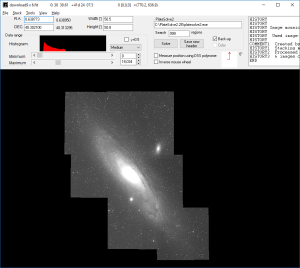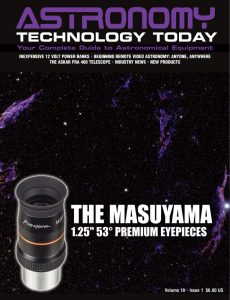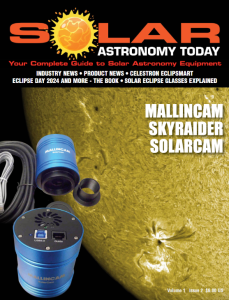ASTAP is a free stacking and astrometric solver (plate solver) program for deep sky images. It works with astronomical images in the FITS format, but can import RAW DSLR images or XISF, PGM, PPM, TIF, PNG and JPG images. It has a powerful FITS viewer and the native astrometric solver can be used by CCDCiel, NINA, APT, Voyager or SGP imaging programs to synchronize the mount based on an image taken.
 The publisher has announced new features to the platform. As they note, “The first is “Track and Stack” for minor planets and comets. This new feature allows the ability to compensate for the velocity of these objects and keeping them centered in the stack. This allows improves the signal to noise ratio. The program can also extract the time and position and put them in a MPC1992 report line to check the object in the minor planet center MPCchecker. The second change is the possibility to add a SIP 3th order polynomial to the solution. This improves astrometric measurements and also improves the stitching of a mosaic.
The publisher has announced new features to the platform. As they note, “The first is “Track and Stack” for minor planets and comets. This new feature allows the ability to compensate for the velocity of these objects and keeping them centered in the stack. This allows improves the signal to noise ratio. The program can also extract the time and position and put them in a MPC1992 report line to check the object in the minor planet center MPCchecker. The second change is the possibility to add a SIP 3th order polynomial to the solution. This improves astrometric measurements and also improves the stitching of a mosaic.
ASTAP is a Windows based program and more information can be found here.
And to make it easier for you to get the most extensive news, articles and reviews that are only available in the magazine pages of Astronomy Technology Today, we are offering a 1-year magazine subscription for only $6! Or, for an even better deal, we are offering 2 years for only $9. Click here to get these deals which only will be available for a very limited time. You can also check out a free sample issue here.

 The Sun is more active than it’s been in years and if that’s not enough, we have the upcoming Total Solar Eclipse on April 8, 2024! If you’d like to learn more about the technology behind solar observing, solar imaging and more, you can check out our new monthly magazine – Solar Astronomy Today. It’s free to read, no subscription needed and available here. And if you are preparing for the upcoming eclipses and want to know your equipment options from solar glasses to the most out of this world solar viewing and imaging options, check out our free publication – The Definitive Guide to Viewing and Imaging the Sun – simply click here and enjoy reading!
The Sun is more active than it’s been in years and if that’s not enough, we have the upcoming Total Solar Eclipse on April 8, 2024! If you’d like to learn more about the technology behind solar observing, solar imaging and more, you can check out our new monthly magazine – Solar Astronomy Today. It’s free to read, no subscription needed and available here. And if you are preparing for the upcoming eclipses and want to know your equipment options from solar glasses to the most out of this world solar viewing and imaging options, check out our free publication – The Definitive Guide to Viewing and Imaging the Sun – simply click here and enjoy reading!

